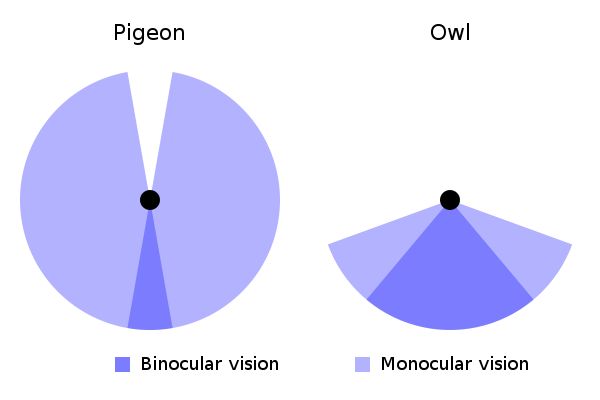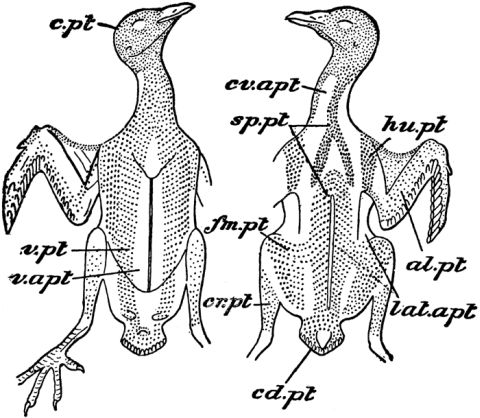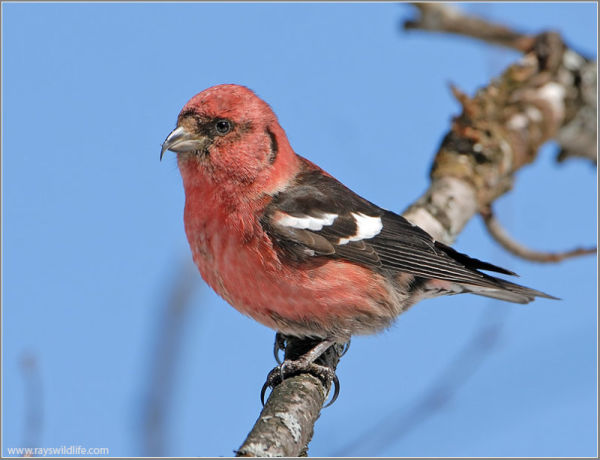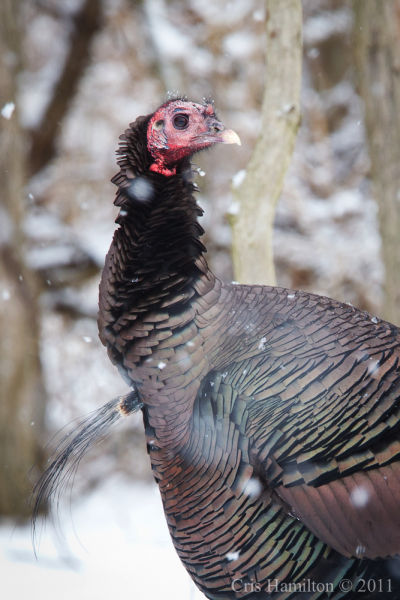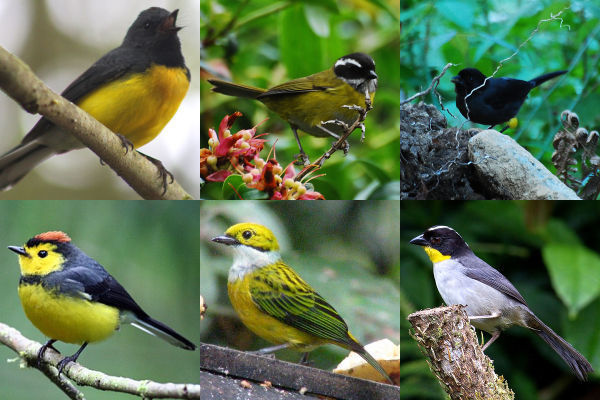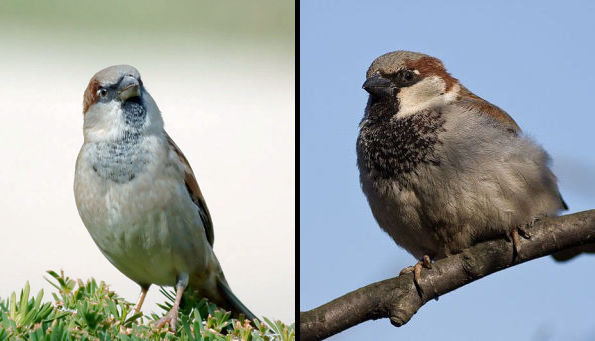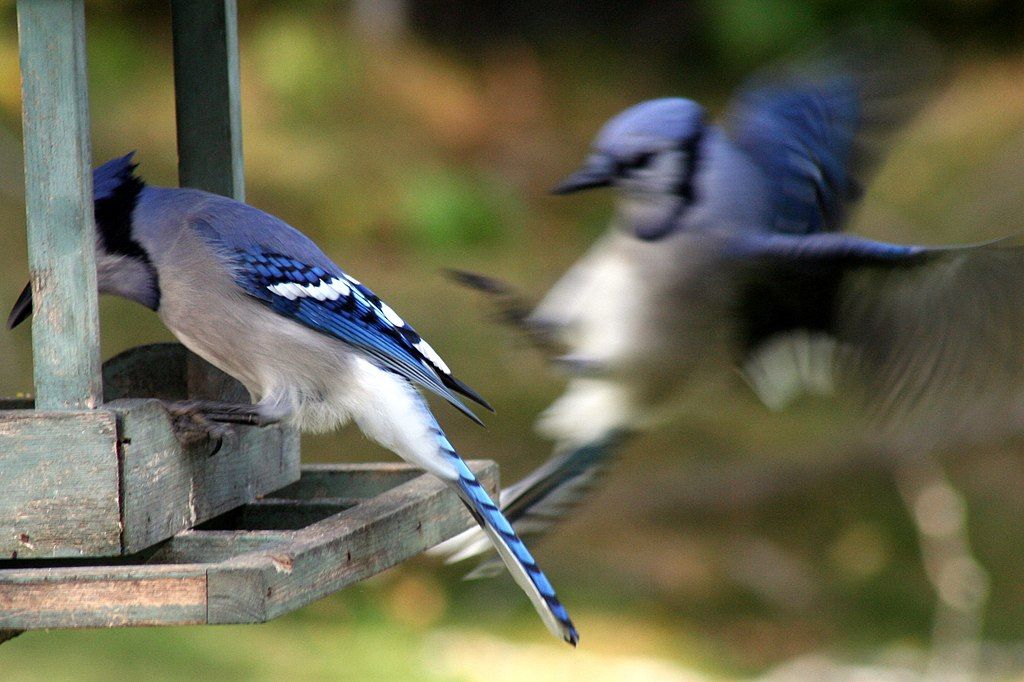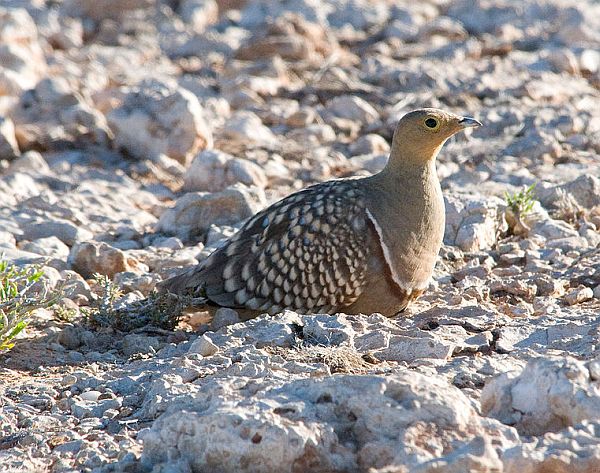
Did you know that… ?
- For most birds, feathers make up 5-10% of their total weight but are two to three times heavier than their skeletons.
- Tundra swans have 25,000 feathers, 80% of which are on their heads and necks.
- Doves and herons have some specialized “powderdown” feathers whose barbule tips disintegrate into a talcum-like powder. These feathers grow continuously so they can do this.
- Dark feathers are stronger than white feathers. The dark pigment melanin provides strength.
- Feathers are held in place on birds’ bodies by follicle muscles. Some birds, such as nightjars, experience “fright molt” when something scary causes those muscles to relax and the bird loses some feathers.
- Owls have fringe-like leading edges on their primary feathers and long filament-like barbules on other feathers. These features reduce air turbulence, allowing owls to fly silently.
- Archaeological evidence indicates feathers first appeared on meat-eating dinosaurs. (Peregrines’ ancestors!)
- Desert sandgrouse in Africa have specialized belly feathers that can absorb and carry water. The male sandgrouse flies as much as 18 miles from his nest to a watering hole where he soaks his belly in the water. He then flies back to the nest where his young squeeze his belly feathers in their bills to get a drink. (Pictured above is a male Namaqua sandgrouse in the Kalahari.)
(photo by Chris Eason, via Creative Commons License on Wikimedia Commons. Click on the photo to see the original.)

